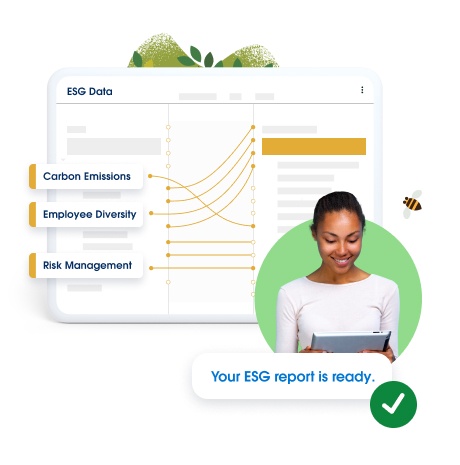Companies across the globe are striving to reduce their environmental impact. Salesforce, a leader in customer relationship management (CRM), has developed a solution to help businesses achieve their sustainability goals and ensure compliance with ESG principles. This solution is called Salesforce Net Zero Cloud. Let’s dive into what it is and how it can benefit organizations.
What is Salesforce Net Zero Cloud?
Salesforce Net Zero Cloud (ex. Sustainability Cloud) is a platform for tracking and managing environmental data. It helps businesses monitor their carbon emissions and work towards reducing them to zero. Net Zero Cloud covers:
- Scope 1 Emissions: Direct emissions from company-owned sources.
- Scope 2 Emissions: Indirect emissions from purchased electricity.
- Scope 3 Emissions: Other indirect emissions, like those from the supply chain.
What is Net Zero Cloud for?
Net Zero Cloud is designed for all businesses committed to achieving net zero emissions soon. Industries like manufacturing, energy and utilities, retail, consumer goods, travel, transportation, and hospitality, which are major carbon emitters, can greatly benefit from using Net Zero Cloud.
The platform helps organizations comply with any new requirements and with CSRD and California regulations. Integrating ESG data that covers carbon, waste, and water for your entire value chain, Net Zero Cloud manages all of the ESG data in one place. This enables them to connect to several organizations, systems, and suppliers to collect everything they need to prepare ESG reports.
On top of that, Net Zero Cloud is intricately integrated with other Salesforce tools such as Tableau CRM, Slack, and Sales Cloud.
Salesforce believes that as a planet, we must quickly reduce emissions by 90%. Achieving this, especially across Scope 1, 2, and 3 emissions, could take decades for companies. Salesforce thinks companies should claim net zero residual emissions if they’re fully committed to decarbonization and making significant reductions.
Key Salesforce Net Zero Cloud Features

Source: salesforce.com
- The Net Zero Cloud Collection on AppExchange: along with other apps, partners, and resources, uses the full power of Salesforce to support ESG strategy.
- Report Builders for New Regulations: As new regulations come out, Net Zero Cloud will offer report builders to make the reporting process easier for each new framework or standard.
- What-If Analysis and Emissions Forecasting: Companies can run different scenarios to find the fastest way to reach net zero, forecast future emissions, and track progress toward net zero goals.
- Scope 3 and Supply Chain Management: Businesses are encouraged to work with their suppliers to get a shared view of climate impact.
- Net Zero Marketplace: Allows companies to find and buy carbon credits and carbon emissions data sets through an easy online experience.
- Water Management: Enables the tracking of key water management metrics and calculating usage and variations.
Final Thoughts
Salesforce Net Zero Cloud is a useful tool for managing sustainability that helps businesses track emissions and comply with global standards. By leveraging its features and Salesforce integration, organizations can accelerate their path to net zero emissions, promote sustainable practices, and thrive in a changing global market. Embracing Salesforce Net Zero Cloud isn’t just about sustainability—it’s a strategic necessity for forward-thinking organizations.
Not sure where to start the implementation of Salesforce solutions? Read more about our implementation packages.


